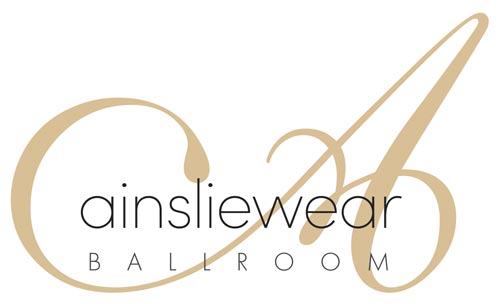Adjudicating a DanceSport Final
Have a look at the problem from the adjudicators perspective. Imagine that you are judging a competition with 6 couples on the floor dancing. Realistically you will have about a minute to give each couple a score, of course the music will be longer but it takes time for the couples to commence their performance and a true assessment can only be made when all couples are dancing.
If the performance was assessed similar to Skating, Gymnastics or Diving the adjudicator would have to watch each couple and then decide on a score for particular components of the performance such as Artistic and Technical merit. With 6 couples and a minute of valid assessment time you would have just 10 seconds for each couple, an impossible task.
This is where the Skating System comes in. adjudicators are not required to 'score' each couple but rather they are only required to place the couples in the order in which they feel is correct. adjudicators are not assessing couples to some utopian ideal such as the old style ice skating scoring, which required a mark out of 6.0, but are simply placing couples in order from first to last. This works because you can compare all couples at the same time, in fact the system requires that all couples in a final be placed and adjudicators cannot 'tie' couples, that is, give two couples the same place. This is not allowed.
Not allowing adjudicators to 'tie' couples forces them to make a subjective decision, that is for whatever reason one couple must be better than the other. This might seem unfair to adjudicators but consider the alternative. If the system allowed adjudicators to 'tie' couples on the same place how many adjudicators would opt for the easy way out when the going got tough. I know from personal experience there can be only the slightest of margins between first and last, but once written down the reality of Adjudicating can look harsh.
Of course you, the adjudicator, are not alone. Most competitions use between 5 and 9 adjudicators, although depending on the Organisation there may be up to 15. There is also a preference to use an odd number of adjudicators as this assists in reducing the possibility of a tied result. It should be noted that the Skating System does not require the use of an odd quantity of adjudicators to obtain a result.
It would be rare that all adjudicators agree on the order in which the couples are to be placed, very rare in fact. There are many reasons for this such as a personal preference to importance of the various aspects of a couple's performance. You should also take into account that the adjudicators are spread around the dance floor and do not see the performance of the couples from the same perspective.
At the conclusion of the final all the adjudicators will have either written their 'Order of Preference' on a piece of paper, or used an electronic device such as a Tablet to record their marks. The marks are then passed to the Scrutineer who will apply the Skating System formula. Prior to the 1980's all scrutineering was done by hand, that is adjudicator marks were written on paper and all the rules and calculations done by the scrutineer.
In 1982, DanceScore, the first of the computerised scrutineering programs was written, which assisted scrutineers by providing results as quickly as the adjudicators' marks could be typed into the computer. With current technology the adjudicators' marks are sent wirelessly direct from the adjudicator to the scrutineering program providing instant results.








